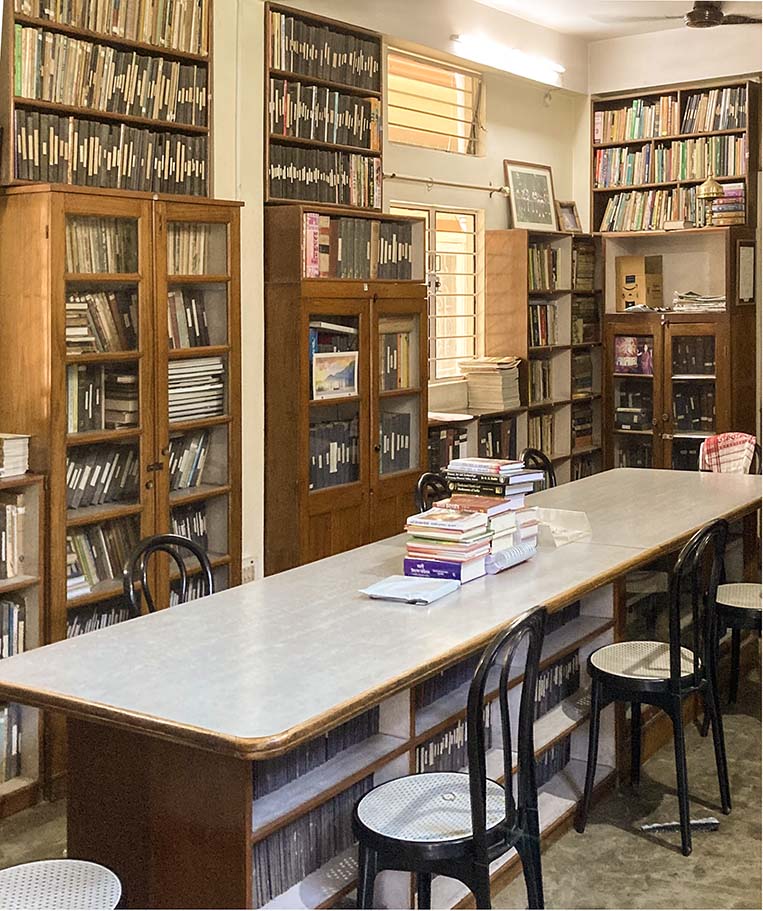COPY RIGHT
This project is purely for archival reasons and for research and has no commercial
interest whatsoever. It is being created under Section 52 in the Copyright Act,
1957.
What is Section 52 in the Copyright Act,
1957?
Section 52 of the Indian Copyright Act, 1957 is an important provision that
provides certain limitations on the exclusive rights granted to the
copyright owners.
The provision allows for certain acts to be done without infringing the
copyright, under specific circumstances. Some of the main points of Section
52 are:
Private and personal use: A person is allowed to make copies of a
copyrighted work for his/her personal or private use. For example, a person
may make a photocopy
of a book for his/her own use, without obtaining the permission of the
copyright
owner.
Criticism, review and news reporting: The Act allows for the fair use of
copyrighted works for the purposes of criticism, review, or news reporting.
This means
that a person can use a copyrighted work for these purposes without
infringing
the
copyright, provided that the use is fair and does not prejudice the rights
of
the copyright
owner.
Education and research: The Act allows for the use of copyrighted works for
educational and research purposes, such as in a classroom or in a research
study.
However, this use must be for non-commercial purposes, and the source and author
of the work
must be acknowledged.
Libraries and archives: Libraries and archives are allowed to make copies of
copyrighted works for the purpose of preservation and research. However, this
use must
be for non-commercial purposes, and the source and author of the work must be
acknowledged. Judicial proceedings: The Act allows for the reproduction of
copyrighted
works in judicial proceedings, such as in a court case, provided that the use is
fair
and does not prejudice the rights of the copyright owner.

WORKFLOW PROCESS
Digitization and preservation processes are labour-intensive and resource intensive.
This can be made lighter with proper planning and smart execution. A gradual and
long-term plan with informed capital investment is envisaged for achieving the
objectives of this project without compromising on the quality of outcome.
1. Planning
In this initial phase, a smart workflow was devised to preserve the materials and databases kept in the library, files section and archives. Plans for the creation of a systematic catalogue and scientific numbering of materials were done.
In this initial phase, a smart workflow was devised to preserve the materials and databases kept in the library, files section and archives. Plans for the creation of a systematic catalogue and scientific numbering of materials were done.
2. Preservation
Once the planning was finalized and resources were in place, the second phase was initiated. It involved the execution of theplans for preservation and the scouting for grants from institutions and individuals for carrying out the project.
Once the planning was finalized and resources were in place, the second phase was initiated. It involved the execution of theplans for preservation and the scouting for grants from institutions and individuals for carrying out the project.
3. Digitalization
Part A( Journal Section) 1846-1975
The project was kick-started in April 2022 with the support of Hem Chandra Goswami Trust and DrNabaGoswami. Initially, the first 12 months were spent on only digitizing the Journals that were preserved in the NTF. Part A involved the digitization of 125 journals. The total size of the digitized file in Part A of the project was 35 GB running into thousands of pages.
The project was kick-started in April 2022 with the support of Hem Chandra Goswami Trust and DrNabaGoswami. Initially, the first 12 months were spent on only digitizing the Journals that were preserved in the NTF. Part A involved the digitization of 125 journals. The total size of the digitized file in Part A of the project was 35 GB running into thousands of pages.
Part B (Book Section) - 1813-1962
In this part, old books preserved in the "book section" of the NTF (copyright-free books) will be scanned using an overhead scanner, and will be stored for posterity.
In this part, old books preserved in the "book section" of the NTF (copyright-free books) will be scanned using an overhead scanner, and will be stored for posterity.
4. Automation
All the data have been stored in PDF files. However, the biggest issue is automation. One of the problems is to find a particular issue of a journal from thousands of files. For that, a separate software has been developed through a third party so that the software can find out the desired book or journals in a flash.
All the data have been stored in PDF files. However, the biggest issue is automation. One of the problems is to find a particular issue of a journal from thousands of files. For that, a separate software has been developed through a third party so that the software can find out the desired book or journals in a flash.
5. Delivery Network
On creation and compilation of the digital database, Project Assam Digitization has established a simple yet powerful system architecture for establishing a digital library which would run on a powerful cloud server that can function round the clock seamlessly, accessibly anywhere from anywhere in the world.
On creation and compilation of the digital database, Project Assam Digitization has established a simple yet powerful system architecture for establishing a digital library which would run on a powerful cloud server that can function round the clock seamlessly, accessibly anywhere from anywhere in the world.